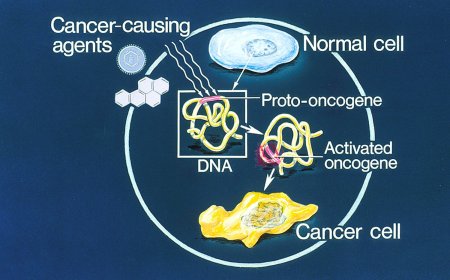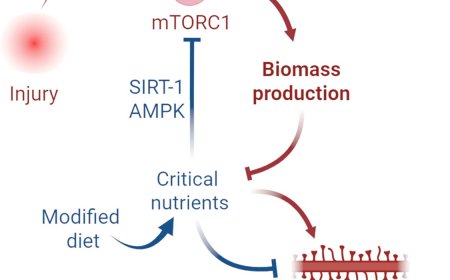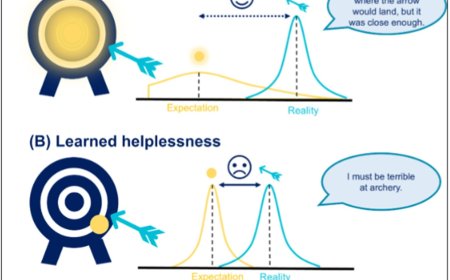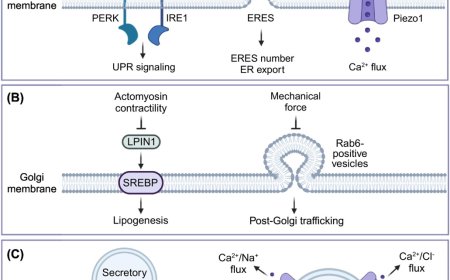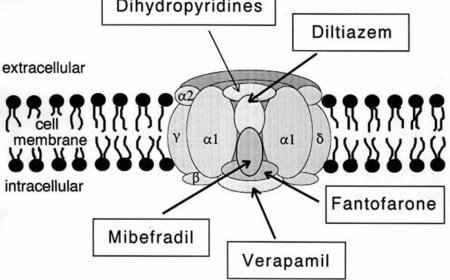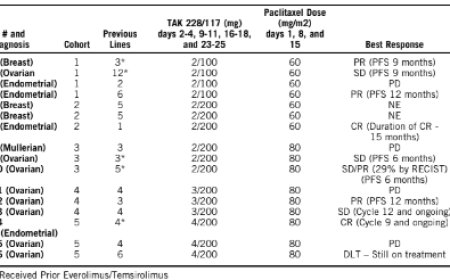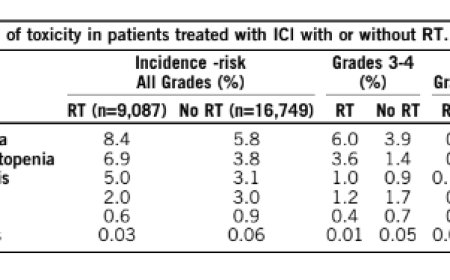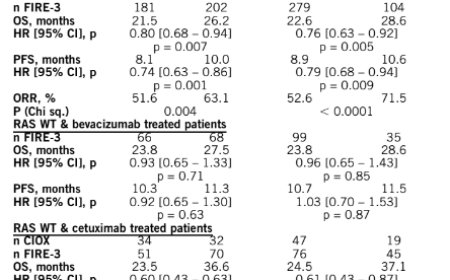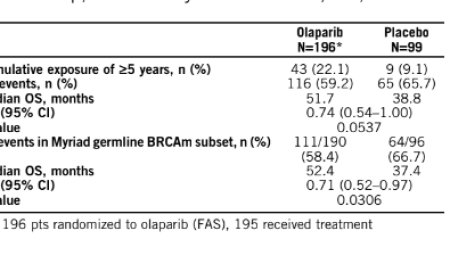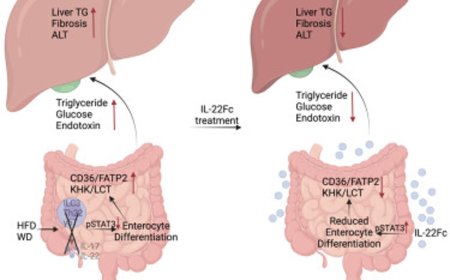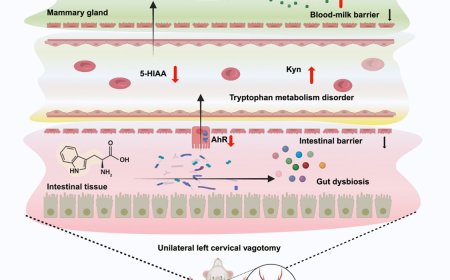Lipid synthesis and polarized prenylation drive cell invasion

Molecular mechanisms in tumor invasion is not clearly understood.
In this study the researchers used Caenorhabditis elegans anchor cell (AC) invasion model to understand the molecular details of basement membrane breach.
The researchers demonstrate that the lipogenic SREBP transcription factor SBP-1 drives the expression of the fatty acid synthesis enzymes POD-2 and FASN-1 prior to invasion. They show that phospholipid-producing LPIN-1 and sphingomyelin synthase SMS-1, which use fatty acids as substrates, produce lysosome stores that build the AC’s invasive protrusion, and that SMS-1 also promotes protrusion localization of the lipid raft partitioning ZMP-1 matrix metalloproteinase.
They also observed that HMG-CoA reductase HMGR-1, which generates isoprenoids for prenylation, localizes to the ER and enriches in peroxisomes at the AC invasive front, and that the final transmembrane prenylation enzyme, ICMT-1, localizes to endoplasmic reticulum exit sites that dynamically polarize to deliver prenylated GTPases for protrusion formation.
https://rupress.org/jcb/article/223/10/e202402035/276858/De-novo-lipid-synthesis-and-polarized-prenylation
https://sciencemission.com/lipid-synthesis-and-polarized-prenylation-drive-cell-invasion
